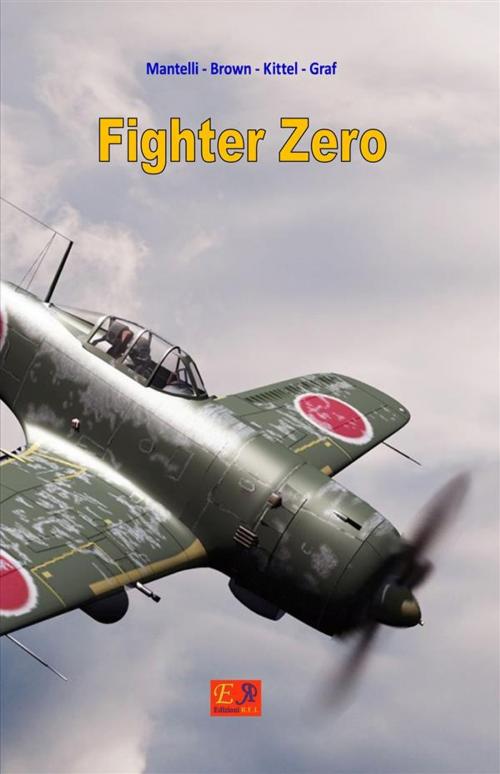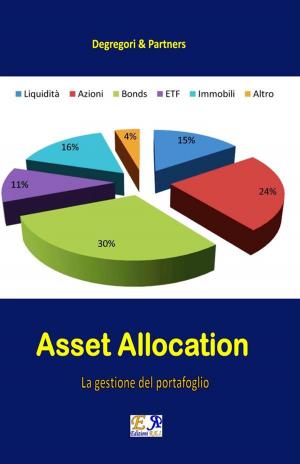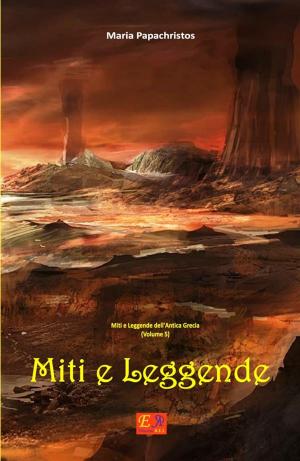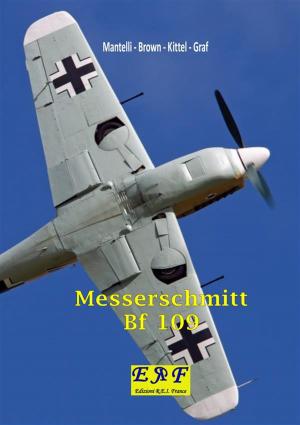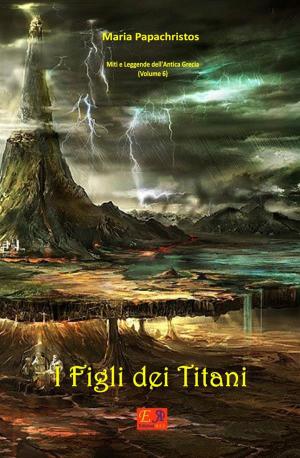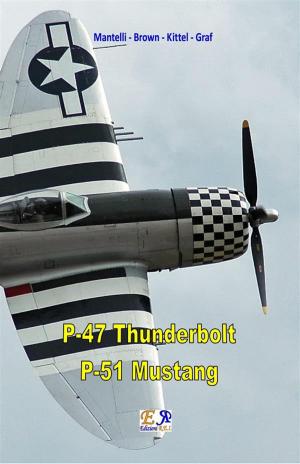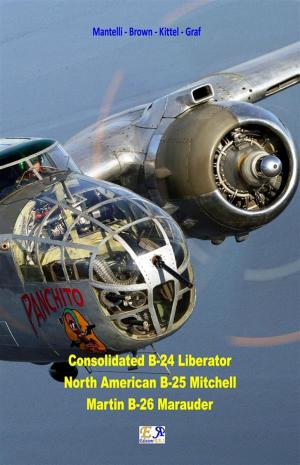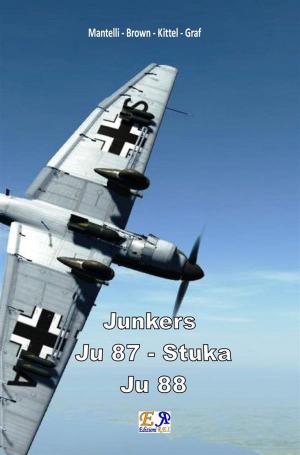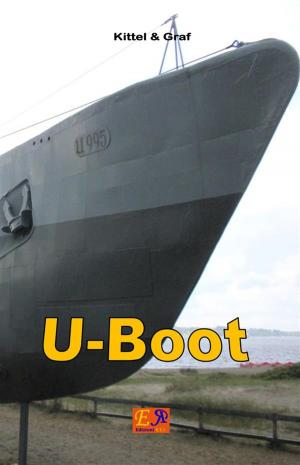| Author: | Mantelli - Brown - Kittel - Graf | ISBN: | 9782372973304 |
| Publisher: | Edizioni R.E.I. | Publication: | March 5, 2017 |
| Imprint: | Language: | English |
| Author: | Mantelli - Brown - Kittel - Graf |
| ISBN: | 9782372973304 |
| Publisher: | Edizioni R.E.I. |
| Publication: | March 5, 2017 |
| Imprint: | |
| Language: | English |
From the attack on Pearl Harbor to the last desperate defense in the face of massive Allied bombings and suicide attacks against the enemy squadrons, the Mitsubishi A6M Reisen (baptized "Rei-sen", ie hunting zero with reference to the year 2600 calendar Japanese, 1940 AD) took part in almost all major actions of naval Japanese. Its fabulous maneuverability and its exceptional autonomy were legendary, and made the Zero symbol of air power of the Rising Sun, as to make it as famous as the Spitfire or Bf. 109. Zero earned fame with a series of brilliant victories against all allied aircraft in the first months of the war in the Pacific, and since he found difficulty Japanese Navy to commission another modern fighter capable of competing with the new Allied aircraft that appeared in the Pacific towards the end of 1942, the Mitsubishi A6M had to endure in large part the weight of the operations until the end of the conflict. For Japan, the Zero was, in fact, much more than an airplane, but the symbol of the Empire air power; for the Allies was much more of a relentless opponent but a nightmare, and at the same time a myth. For a long time were the virtues attributed largely imaginary, since its unique and indisputable qualities were exceptional maneuverability and an equally exceptional autonomy. The Mitsubishi A6M Zero was one of those planes that could not raise more mixed reviews, now ignored, feared now, finally, ridiculed, and then again taken into consideration, mythologized, analyzed critically, overrated, underrated, and so on seamless. When hostilities began with the outbreak of World War II, the Zero was considered the best fighter in the world based on aircraft carriers, because they associated an excellent maneuverability granted very extensive. In the first air combat, the Zero gained a legendary reputation, but in 1942 the new combat tactics enabled the Allied pilots to engage in duels more balanced terms.
From the attack on Pearl Harbor to the last desperate defense in the face of massive Allied bombings and suicide attacks against the enemy squadrons, the Mitsubishi A6M Reisen (baptized "Rei-sen", ie hunting zero with reference to the year 2600 calendar Japanese, 1940 AD) took part in almost all major actions of naval Japanese. Its fabulous maneuverability and its exceptional autonomy were legendary, and made the Zero symbol of air power of the Rising Sun, as to make it as famous as the Spitfire or Bf. 109. Zero earned fame with a series of brilliant victories against all allied aircraft in the first months of the war in the Pacific, and since he found difficulty Japanese Navy to commission another modern fighter capable of competing with the new Allied aircraft that appeared in the Pacific towards the end of 1942, the Mitsubishi A6M had to endure in large part the weight of the operations until the end of the conflict. For Japan, the Zero was, in fact, much more than an airplane, but the symbol of the Empire air power; for the Allies was much more of a relentless opponent but a nightmare, and at the same time a myth. For a long time were the virtues attributed largely imaginary, since its unique and indisputable qualities were exceptional maneuverability and an equally exceptional autonomy. The Mitsubishi A6M Zero was one of those planes that could not raise more mixed reviews, now ignored, feared now, finally, ridiculed, and then again taken into consideration, mythologized, analyzed critically, overrated, underrated, and so on seamless. When hostilities began with the outbreak of World War II, the Zero was considered the best fighter in the world based on aircraft carriers, because they associated an excellent maneuverability granted very extensive. In the first air combat, the Zero gained a legendary reputation, but in 1942 the new combat tactics enabled the Allied pilots to engage in duels more balanced terms.
